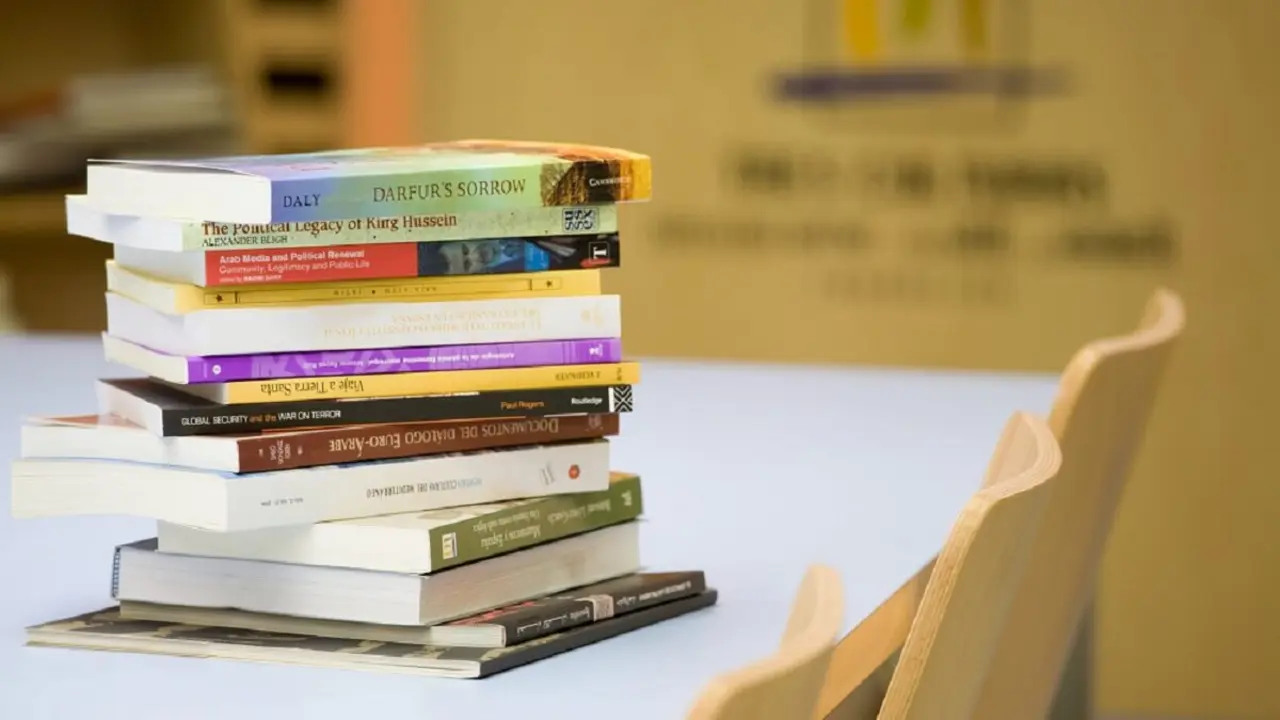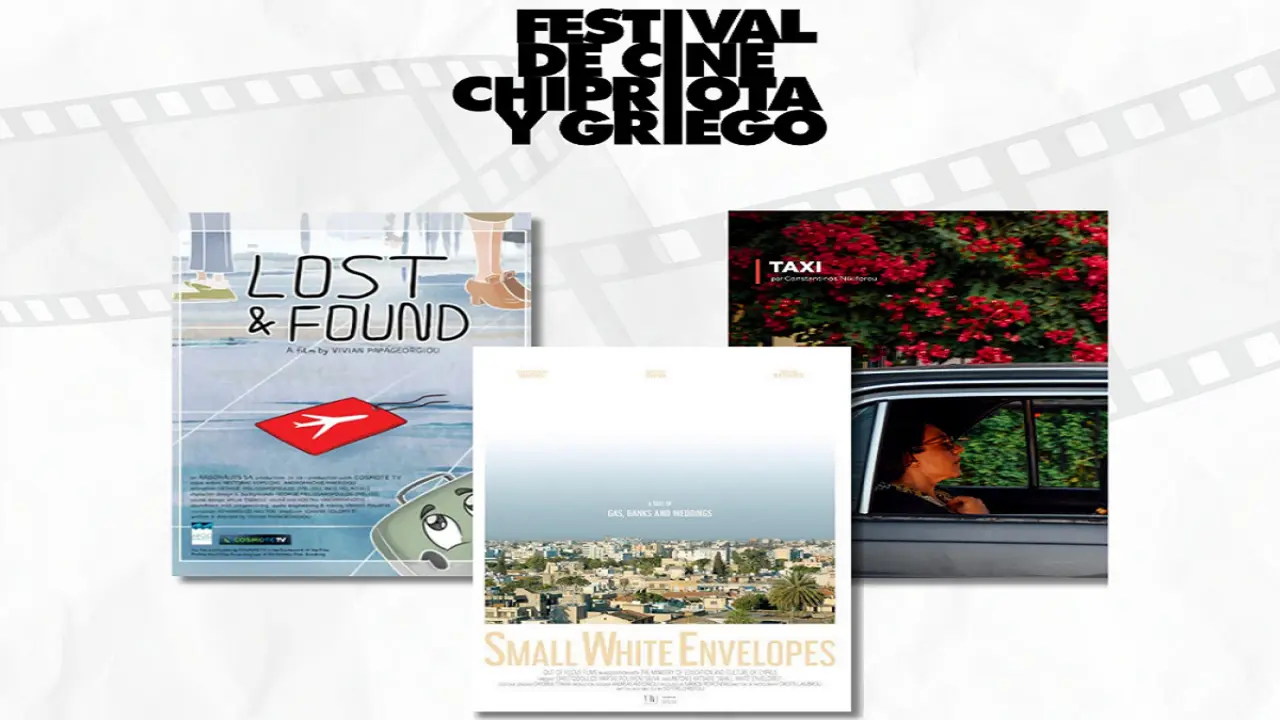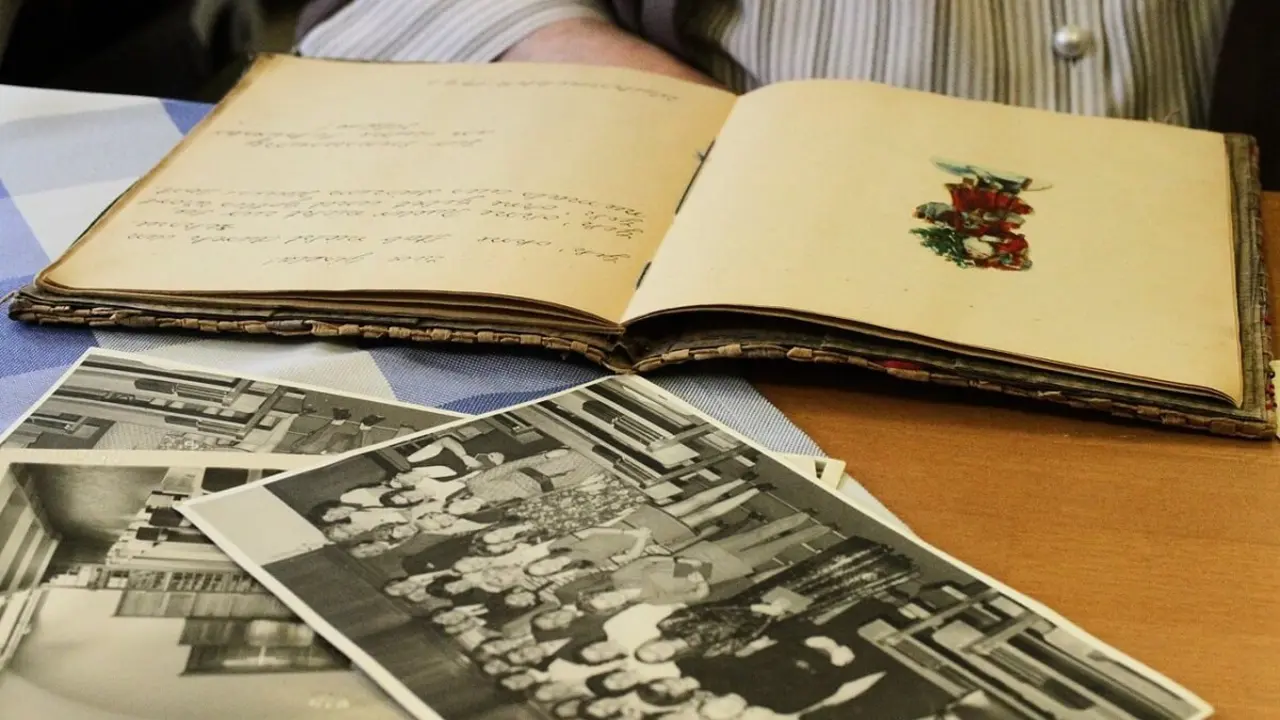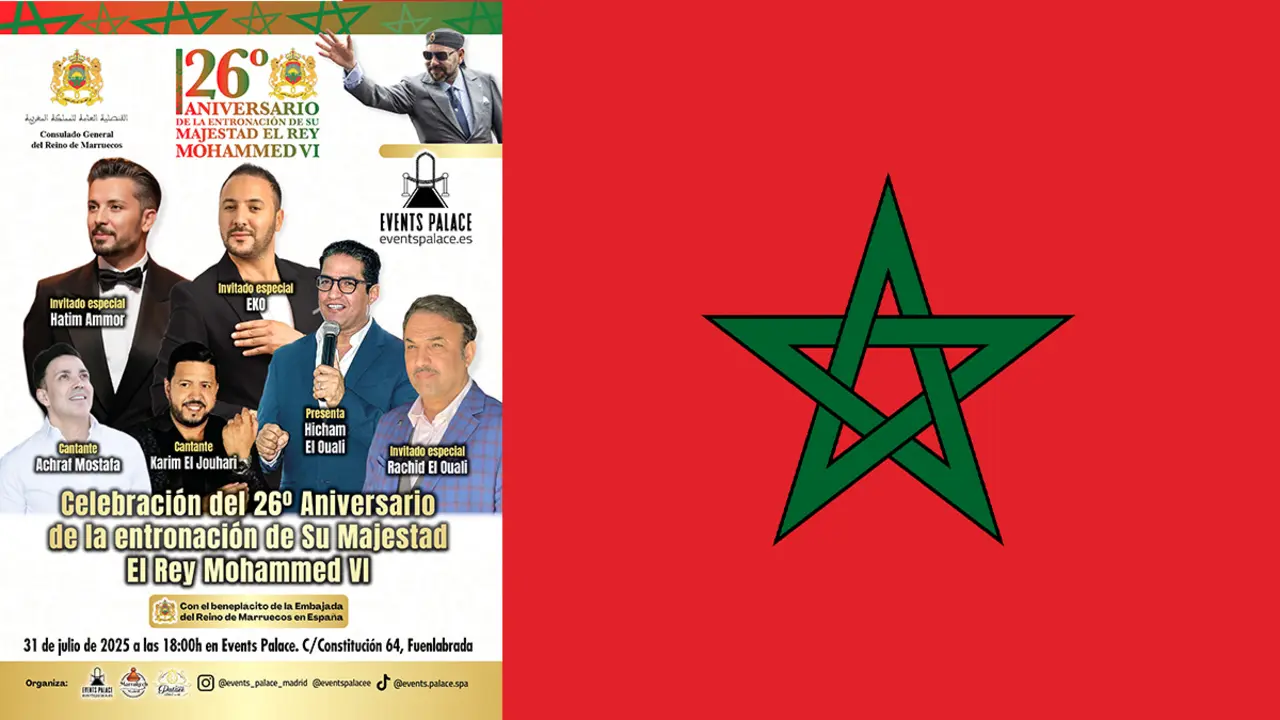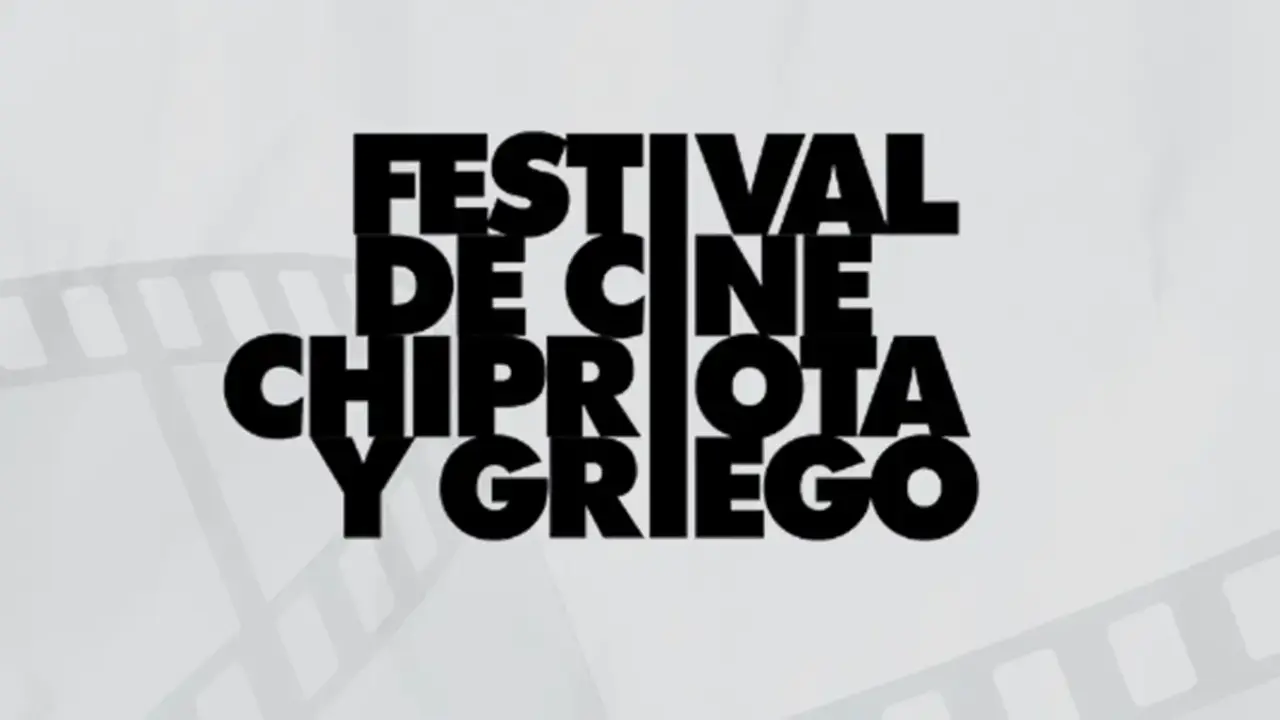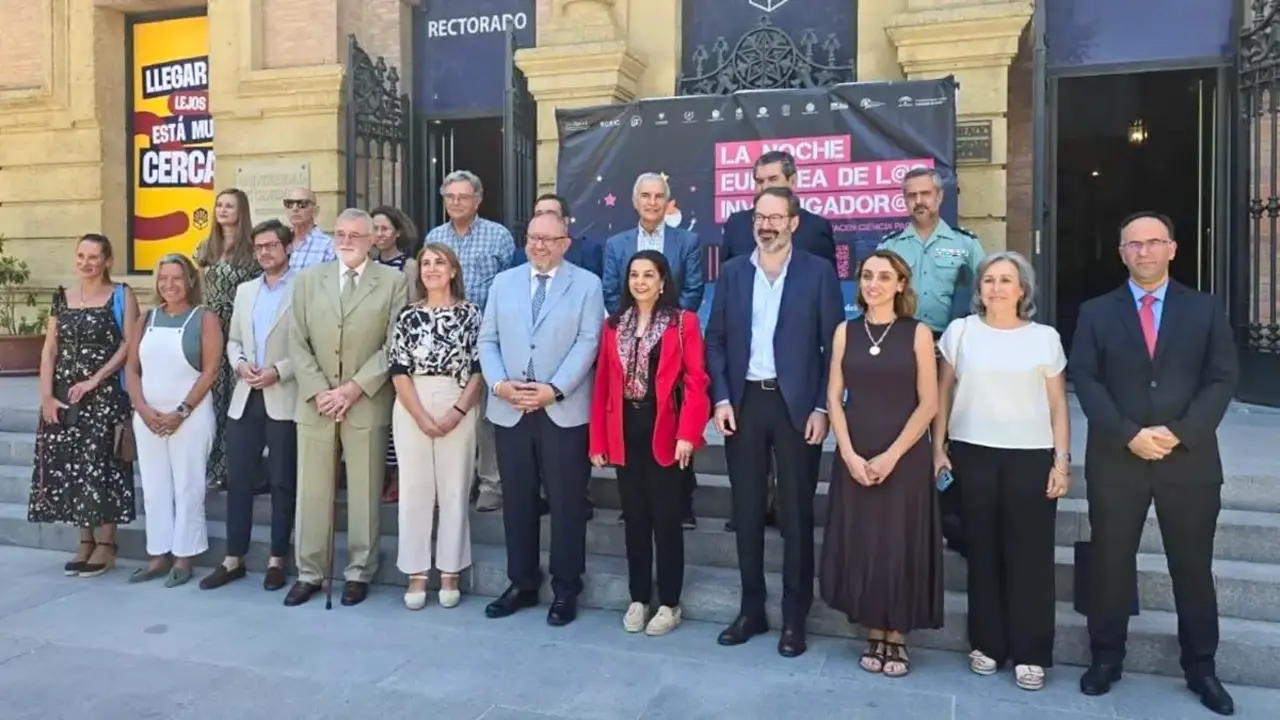El Sáhara… el otro relato

The interview is a journalistic research resource that is rarely dealt with in its own right, that is, as an object in its own right. This is precisely the purpose of Mohammed Ahaddad's (1989) The Sahara... the other story (2021) published by the Arab Cultural Centre, in Arabic. The book is the testimony of Mohamed Cheikh Biadillah (1949, Smara-Morocco), a Moroccan surgeon, professor of medicine and politician who was twice a member of the Moroccan House of Representatives (1977 and 1984) and is one of the main founders and leaders of the "Sahrawi Students' Movement". An interview in which the interviewee gives his testimony on the thorny question of the Sahara, which is at once political, historical and symbolic for the Kingdom of Morocco. The merit of this work lies in the fact that it delves into the causes of the Sahara conflict, explains the details and analyses the nature of the conflict not from the official version, but from the interviewee's own experience. Fortunately, the author of the book does not fall into the role of a simple data collector, but manages to problematise his methodological tools in order to disarticulate the official historical discourse, revealing what went on behind the scenes of international meetings and conferences and their symbolism in the reorganisation of historical events and occurrences. Although the Sahara conflict is stripped of all humanity, Ahaddad's book, which is told from intimacy and personal experience, restores the human aspect it takes on through the memory of Cheikh Biadillah. With The Sahara... the other story, the journalist succeeds in reproducing the atmosphere of the beginnings of the Sahara question, making the perspective of the treatment of this historical and political conflict a novel one.
Cheikh Biadillah opens his account of history with his participation in the Caracas Conference, with the following words: "I remember that, at the Caracas Conference, El Ayashi Yakir, the Algerian ambassador, presented a document bearing a great fallacy about the population of the Sahara, which pretended that it is a population of over a million people, while the Spanish statistics showed that the true figure was no more than 74 thousand people. In turn, we conducted a fierce battle against the Algerian delegation, [...], and I countered Yaker by telling him that "the Spanish statistics speak of 74,000 people, and for the figure to reach one million would literally be what the French biologist Louis Pasteur called the theory of "spontaneous generation". This quixotic battle was praised by the late Ould Sidi Baba, during our return to Rabat". With this information, Chekh Biadillah wants to vindicate the importance of his struggle against Algerian attempts to falsify statistics and their intangibility for the referendum of self-determination of the Saharawi people.
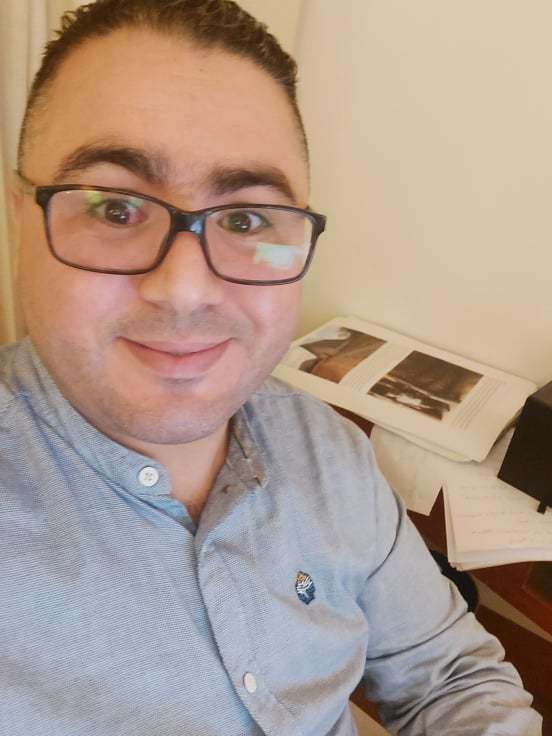
At the same time, the interviewee explains that it is necessary to emphasise the anti-colonial struggle of the Saharawis living in the North in the liberation of the Sahara; for, Chekh Biadillah insists on the firm will of many people and their self-determination to participate in the defence of the Sahara. However, he underlines that: "[...] every time a voice was raised to defend Morocco's interests in the Saharawi region, Spain would often blow Tantan away, often by walking".
On another occasion, about his own participation in the meetings of Saharawi students who formed what would later become the Polisario Front (acronym for Popular for the Liberation of Saguia el Hamra and Rio de Oro) and what went on behind the scenes of these meetings which took place in the private homes of Saharawis in Rabat, Biadillah states: "I attended a great part of the meetings, and don't forget that it was me who suggested the name "Embryonic Front for the Liberation of Saguia el Hamra and Rio de Oro". For this name, I was inspired by the medical dictionary I was studying, as a sign of the inevitable development of the foetus, but also of the possibility of its abortion". This shows that Chekh Biadillah was aware that, while the creation of the front seems inevitable, its permanence is difficult and involves a lot of effort.
Moreover, with regard to the Madrid Agreement, which for Algeria was a conspiracy against it, Biadillah explains that: "the Algerian rulers considered the Madrid Agreement and Spain's withdrawal from the Sahara as an unparalleled failure of Algerian diplomacy and a tripartite conspiracy; Moroccan, Spanish and Mauritanian, against Algeria. In the view of the Libyans, the Polisario, or what they called the people of the Sahara, heeded the call of Gaddafi in Nouakchott in 1972, when he visited Mauritania. So their reward for the Polisario members was their strong support that was sustained over many years".
Later, in a chapter that Mohammes Ahaddad subtitled "Algeria's hand is long", the interviewee responds to a question about the Sand War that broke out in Tindouf after the Green March, saying: "The Algerian army will intervene with all its might to take revenge for its bitter defeat in the Sand War, [...]. Thus began a diplomatic, economic and military war against Morocco. But the most terrible propaganda was the media propaganda that sowed terror and horror in the souls of the inhabitants of all the Saharawi regions, leading many to flee on foot towards the eastern borders, that is to say, towards the unknown. [...] The process of intimidation and propaganda has reached such an extent that they spread among the inhabitants of the Sahara that they will be exterminated and that their sanctities will be violated, reminding us of the torture of the times of the Liberation Army, which happened in Marrakech and Guelmim". The convergence of these events makes the interviewer wonder whether this was the beginning of the history of the Tindouf camps. Biadillah answers this question by saying: "Of course, the critical situation in the Tindouf camps began from then on". It should be noted that, at that time, the population was considerably impoverished by the terrible drought which was affecting the whole of the Saharan territories, and which produced, according to Biadillah: "the exodus of large groups from the north of Mauritania and Mali - I am referring to Azwad in particular - and from the south of Algeria to these camps [...]. The Polisario took advantage of such conditions to conquer the terrified new arrivals. In turn, for the same purpose, it exploited the intertwined tribal relations between the inhabitants of the same geographical area, which was divided into pieces at the hands of the French". The Sahara conflict thus has its origins, in Cheij's view, in Algeria's defeat in the 1963 Sands War; "a defeat that the neighbour to the east did not swallow, causing it to push for the creation of the fictitious republic on 27 February 1976".

At the same time, the book underlines the importance of Spain's role in the manoeuvre and the creation of a focus of tension between Morocco and Algeria before the Polisario was officially recognised at the Addis Ababa Conference. Biadillah says: "the Addis Ababa Conference was the culmination of several diplomatic battles that had been waged since the beginning of the Green March. Morocco, in principle, [...] was leading another war against Spain, which planned to establish a local government as a first step towards the establishment of an affiliated state. However, the Green March aborted the Spanish plans. It was then that the late king, His Majesty Hassan II, had submitted the Sahara question to the International Court in The Hague for final judgement. [...]The Court admitted that the relationship between the inhabitants of the Sahara and Morocco was one of loyalty, and that the Sahara was not a terra nullius as the enemies of our territorial unity claimed".
Thus, far from distorting the information, Ahaddad's work is presented in an entertaining and highly engaging way for the reader, as it manages to coherently capture events from multiple and messy streams of personal experience. To a certain extent, this may coincide with the interactionist perspective put forward by the American sociologist Erving Goffman concerning the theatricalisation of the politician's everyday life as a communication strategy.
It should be noted that this book is especially addressed - as the author indicates in his conclusion - to the researcher in the field, since it is a line of action that Mohammed Ahaddad always had in mind when he was elaborating his questions that satisfy the what, who, when, how, where, why and for what purpose of the conflict in question. It is also worth mentioning that the book includes photographic materials from the interviewee's personal archive. Moreover, it invites journalists to explore the vast and little-explored terrain of the interview. In conclusion, The Sahara... the other story is a quality contribution to the Sahara issue that makes the book highly recommendable reading.
The Sahara... the other story
Mohammed Ahaddad (2021). Interview, foreword by Hassan Tarik, Casablanca: Arab Cultural Centre, 205 pages.

